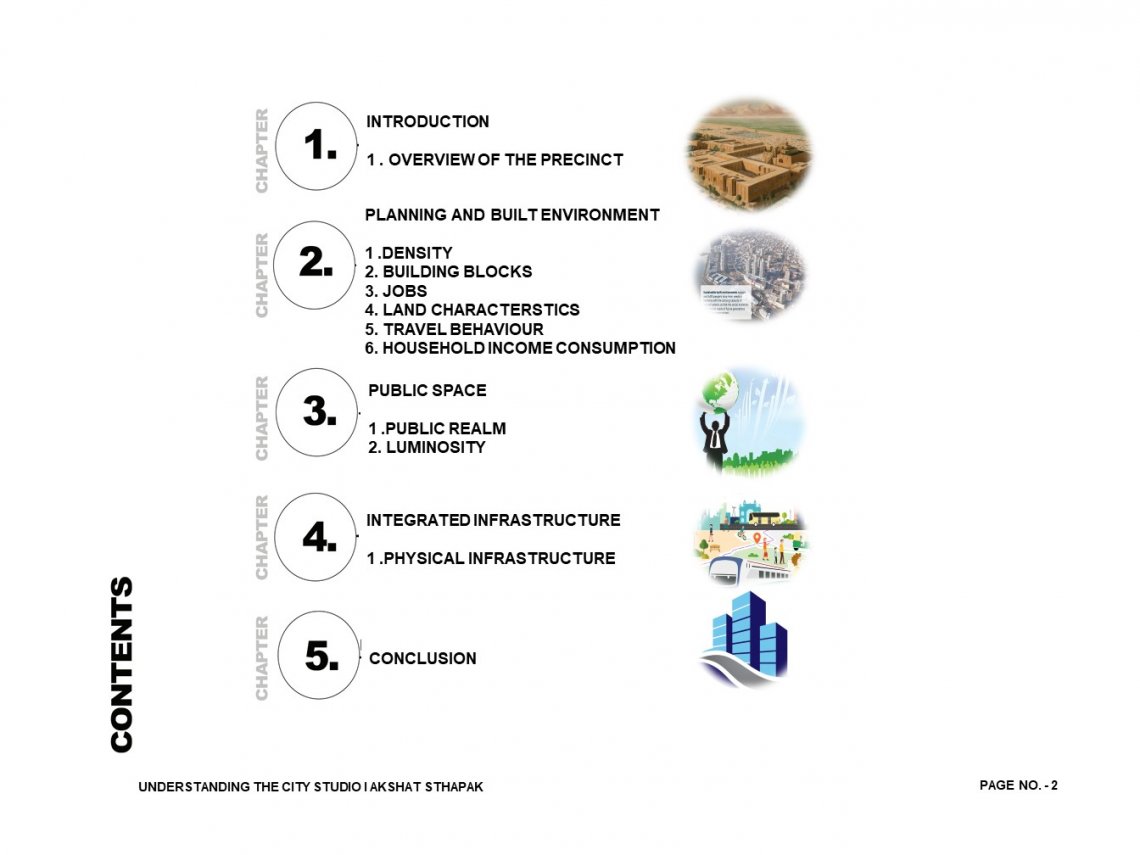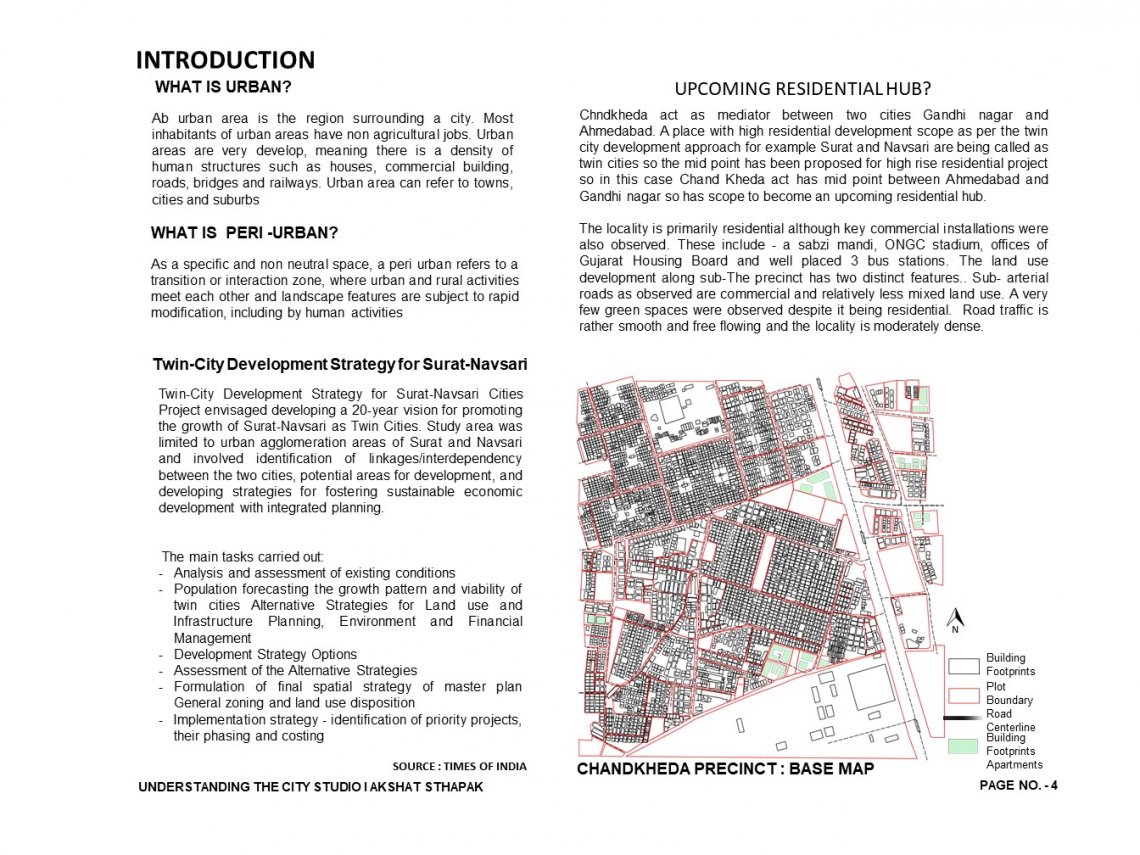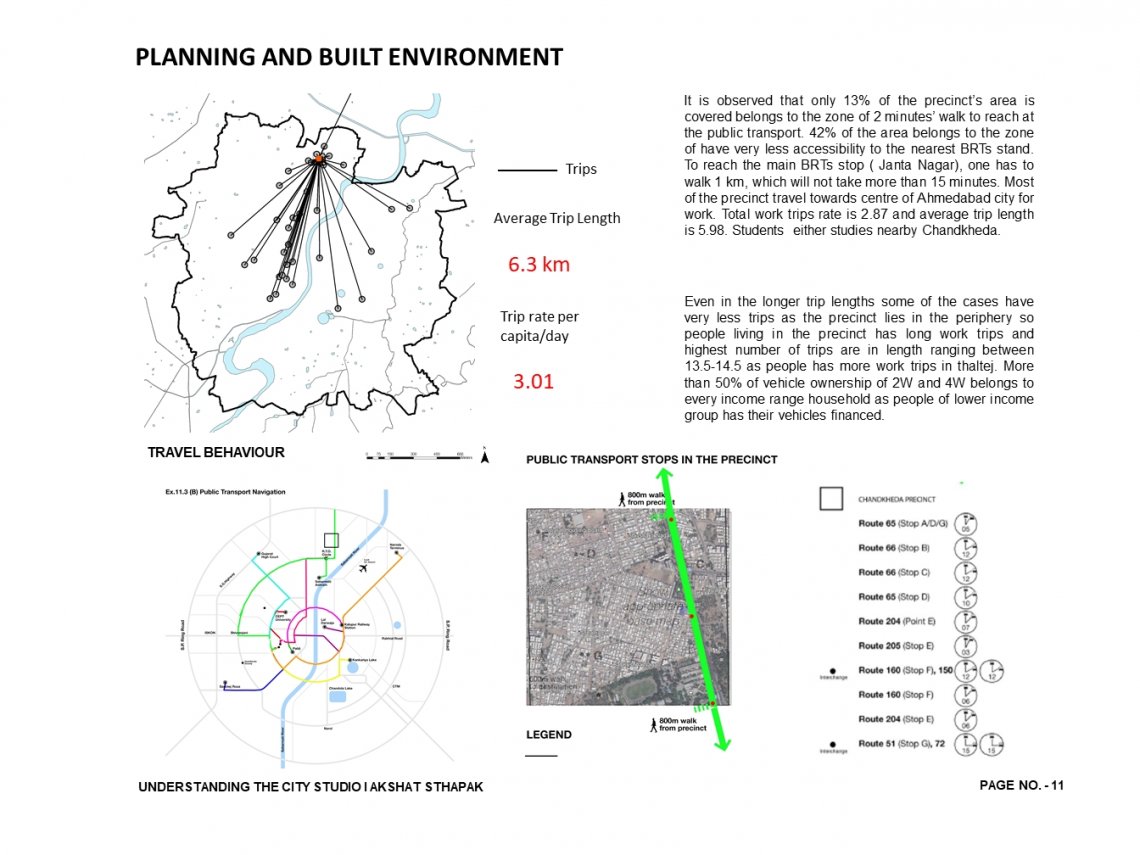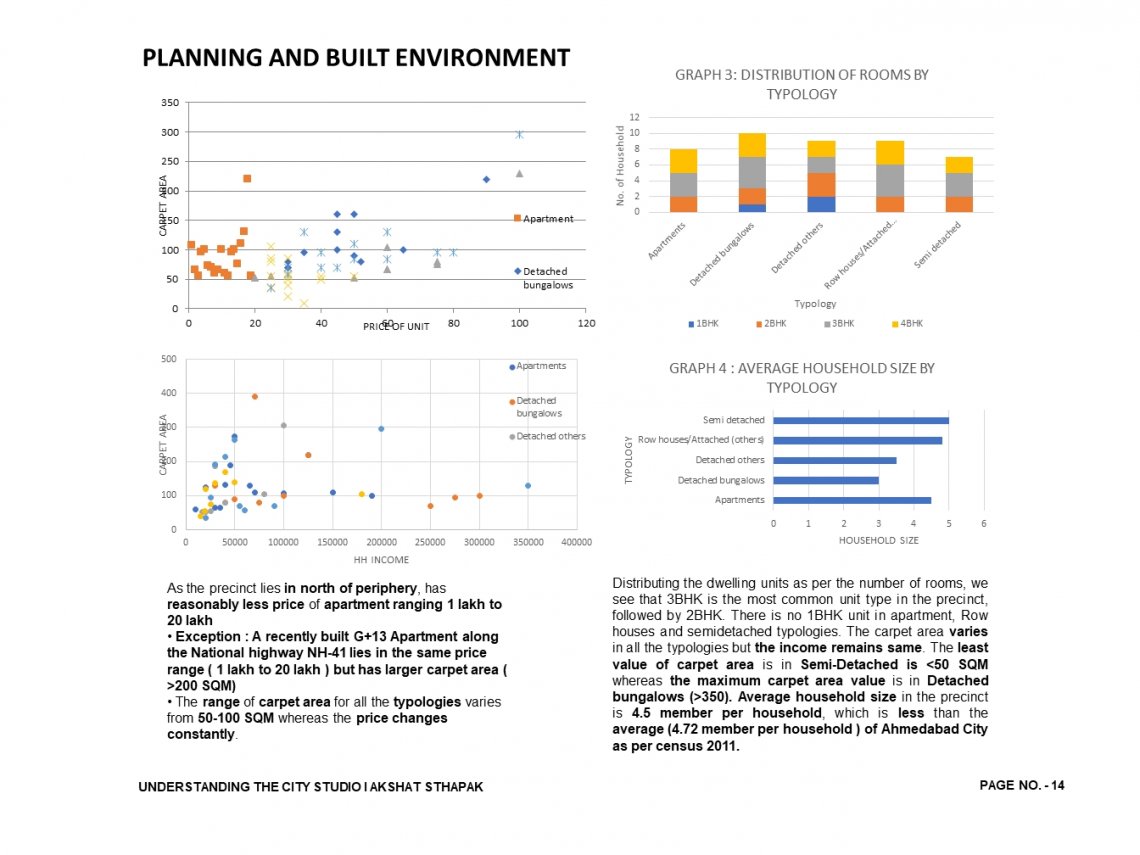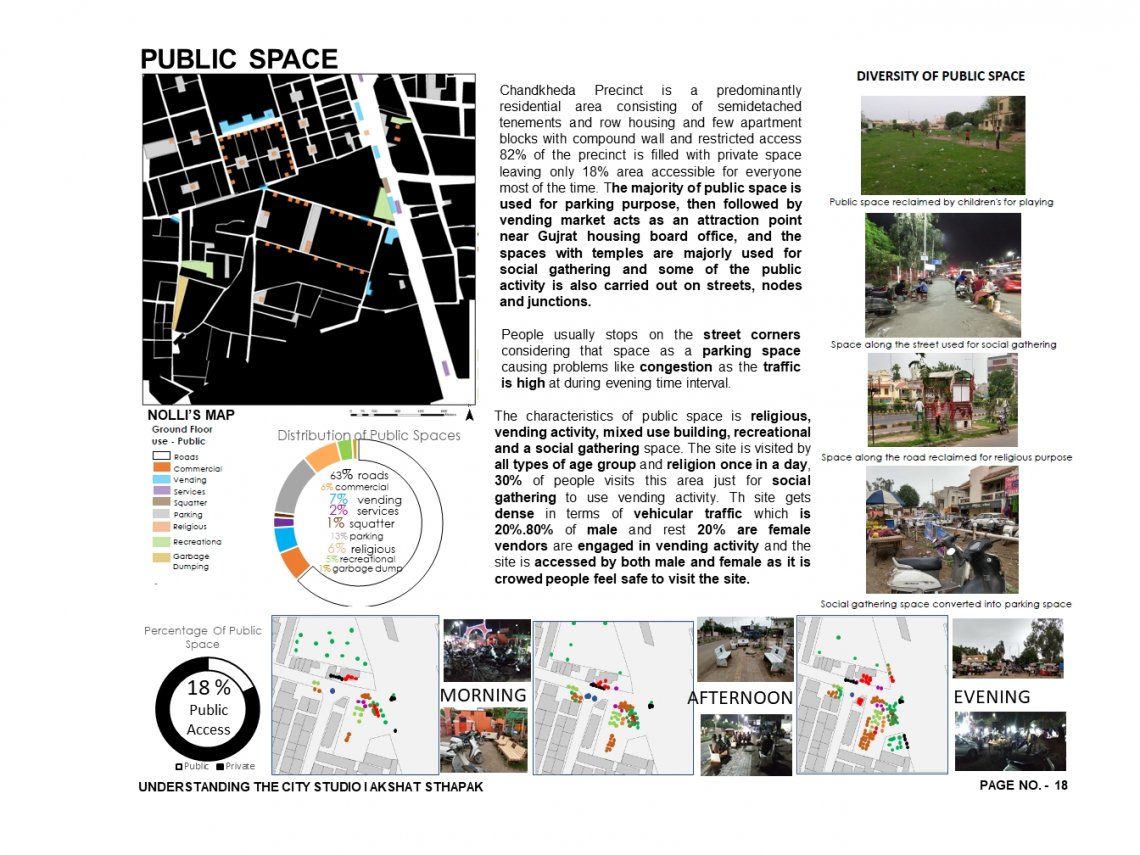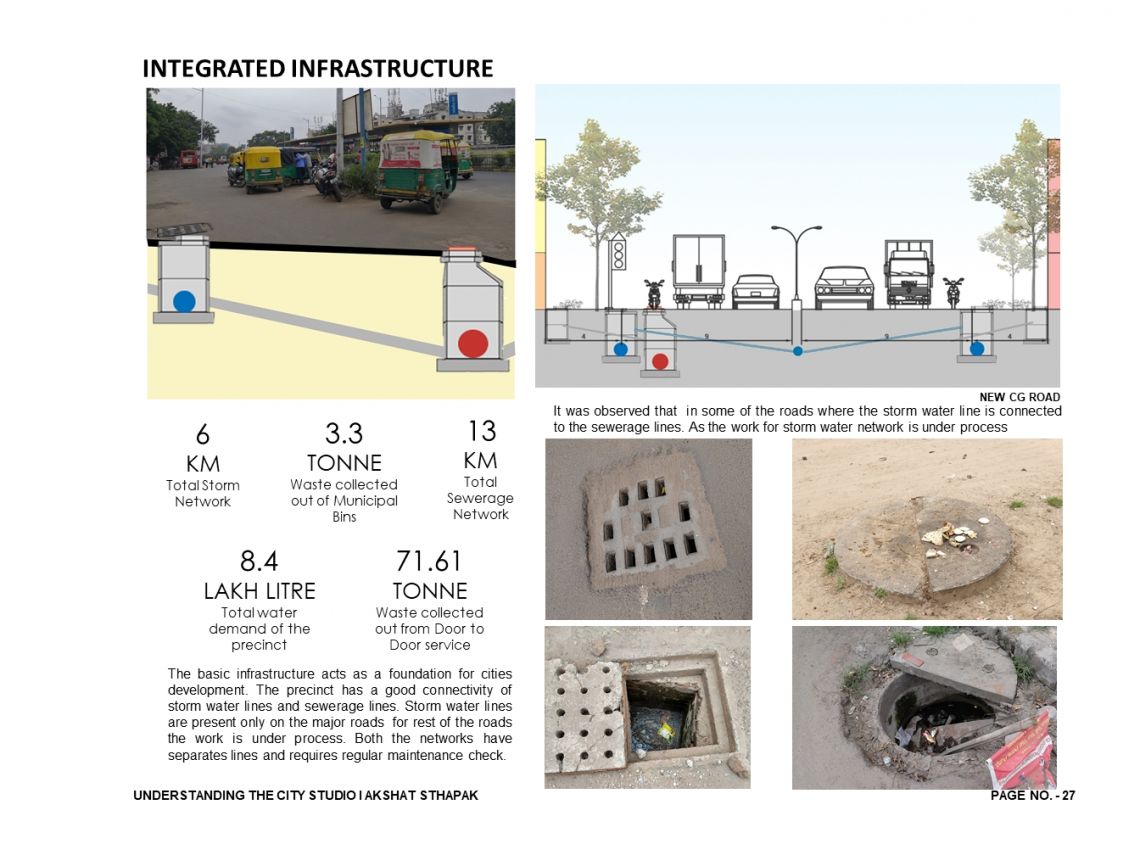Your browser is out-of-date!
For a richer surfing experience on our website, please update your browser. Update my browser now!
For a richer surfing experience on our website, please update your browser. Update my browser now!
Development of each city has its own evolutionary history. While most cities grow organically with the continued influx of people over the time, some are designed and planned and constructed from scratch. Such newly planned cities are usually state capitals designed for residences of kings and royals or government organization. Some of the cities develop rapidly due to industrialization and have distinct peri-urban and urban zones while others take decades to grow. Population density can be a useful tool to demarcate peri-urban, urban and rural areas. Clark (1951) in his seminal paper ``Urban population densities'' introduced the very useful concept of a density gradient. His study showed two generalizations: (a) that density falls exponentially as one moves away from the center of the city and (b) as time goes by, the density tends to fall in the most populous inner suburbs and to rise in the other suburbs, (source: “Analyzing evolution of urban spatial structure: a case study of Ahmedabad, India by Bhargav Adhvaryu). In this portfolio, I have tried to analyze an area centrally located between Ahmedabad and Gandhinagar. The case study is aimed to demonstrate that this area is suitably located and could be planned on twin city development strategy successfully tried in Surat-Navsari.
